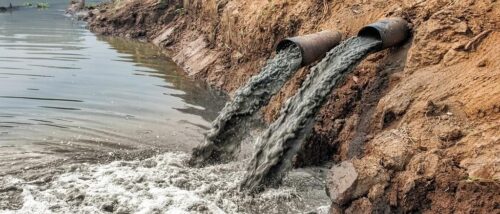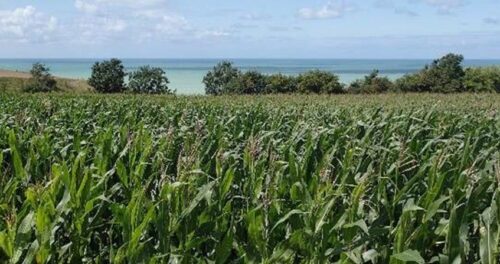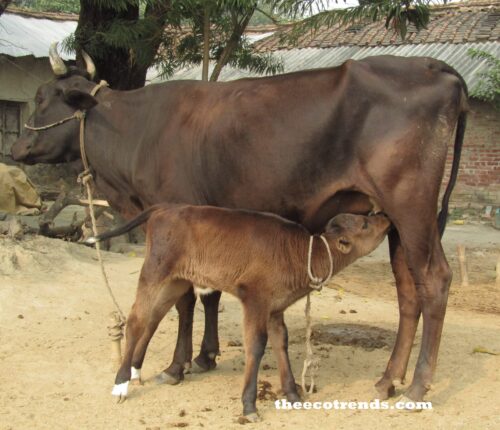Species can be classified in many different ways. One species classification system may categorise species into Typological, evolutionary, and phylogenetic species. The details are given below-
A group of organisms in which individuals are members of the species if they sufficiently conform to certain fixed properties is called a typological species. Some variations within individuals of species are considered for the differentiation of species. Example- short-tailed animals and long-tailed animals.
2. Evolutionary species
An evolutionary species is a single lineage of organisms within which genes can be shared and maintains its integrity concerning other lineages through time and space. In such a species or group of organisms, some members may diverge from the main population at some point in time and evolve into a subspecies. This process may eventually lead to the forming of a new species if isolation (geographical or ecological) is maintained. The process through which species are formed by evolution is called speciation.
3. Phylogenetic species
A species or a group of organisms that shares an ancestor and maintains its integrity concerning other lineages through time and space is called a phylogenetic species. At some point in the progress of such a group, members may diverge from one another. The two populations are considered separate species when such a divergence becomes clear. This differs from evolutionary species in that the parent species goes extinct taxonomically when a new species evolves, the mother and daughter populations now forming two new species.
The species confined to a particular locality only are called endemic species. This condition represents a unique step in the process of evolution. The phenomenon of a species’ occurrence in a particular habitat is only called endemism.
Causes of Endemism-
• Endemic species remain poor in adaptation to different types of environmental conditions,
• These species remain restricted to a particular place due to geographical barriers like sea, mountain etc.
• Reproductive organs of these species remain less efficient, like propagules, seeds, etc., due to which they become unable to disseminate up to far-off places.
5. Key Stone Species
Some species have a disproportionate effect on other species. These species are called Keystone species. They include carnivores like mountain lions, killer whales, Sea Otters, herbivores, competitors, and Earthworms. These species call for urgent conservation and protection against human pressure. Nilgiri Tahr, the Egyptian Vulture, the rhino, the tiger, the elephant, etc., are some examples of keystone species.




